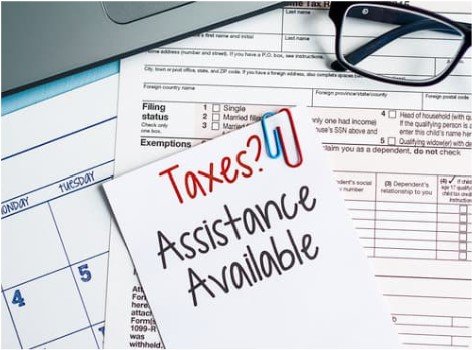The Health and Fitness Zone: A Guide to Understanding Your Activity Level

The term “health and fitness zone” can refer to a few different things, but it generally refers to a range of physical activity levels that are considered beneficial for health and well-being.
Here are some of the common uses of the term:
- Fitness assessments: Some fitness assessment programs use the term “health fitness zone” (HFZ) to define the range of performance that indicates a healthy level of fitness for a specific age group and activity. These zones are typically based on various health-related fitness components, such as cardiorespiratory endurance, muscular strength, and flexibility.
- General fitness guidelines: Some general fitness guidelines may also use the term “health and fitness zone” to describe a recommended range of physical activity for overall health benefits. These recommendations are often based on guidelines from health organizations, such as the World Health Organization (WHO) or the Centers for Disease Control and Prevention (CDC) 163m.cc/.
Here are some things to keep in mind about health and fitness zones:
- They are not a one-size-fits-all approach. Age, overall health, and fitness goals can all influence what activity level is appropriate for you.
- It’s important to consult with a healthcare professional before starting any new exercise program, especially if you have any underlying health conditions.
- If you’re unsure about your fitness level or how to get started with exercise, there are many resources available to help you, such as certified personal trainers or community fitness programs.





